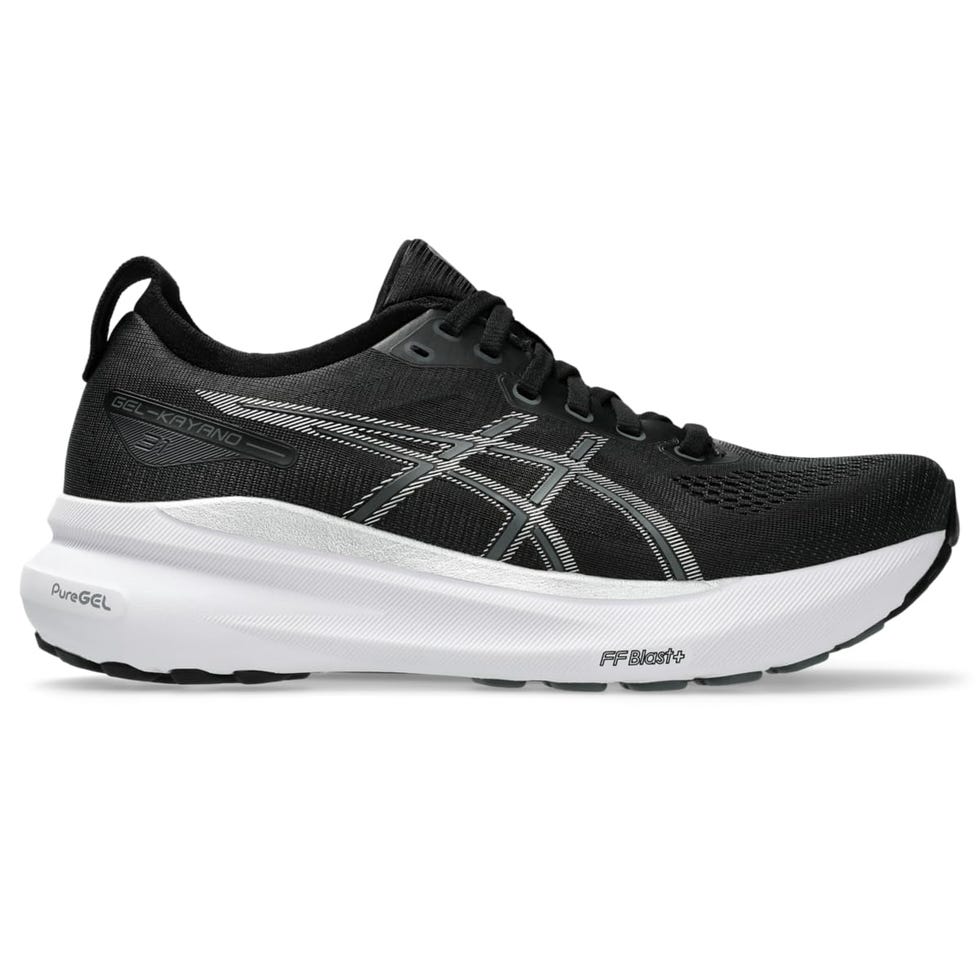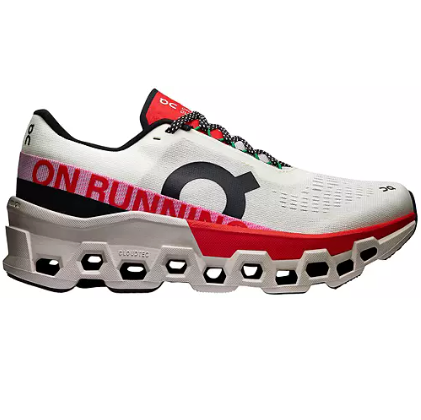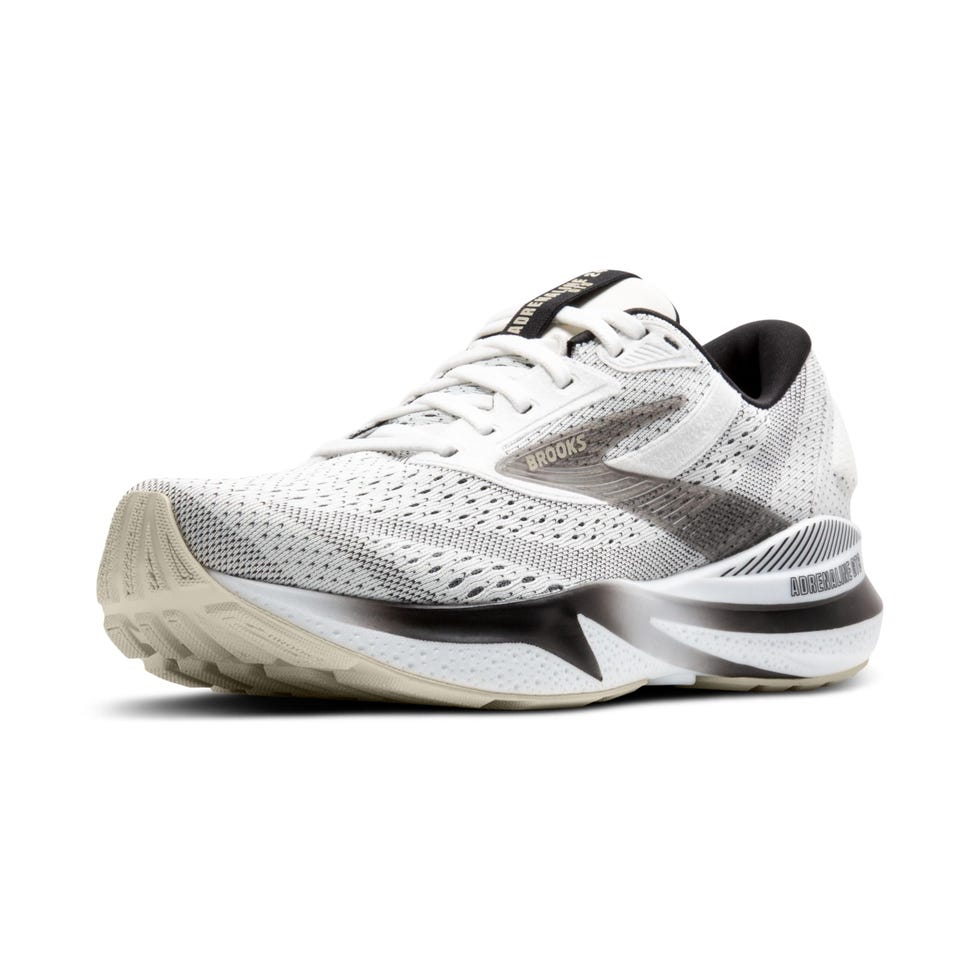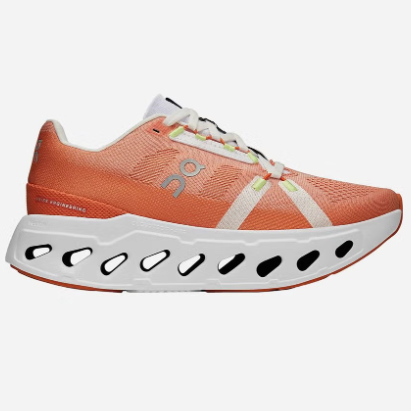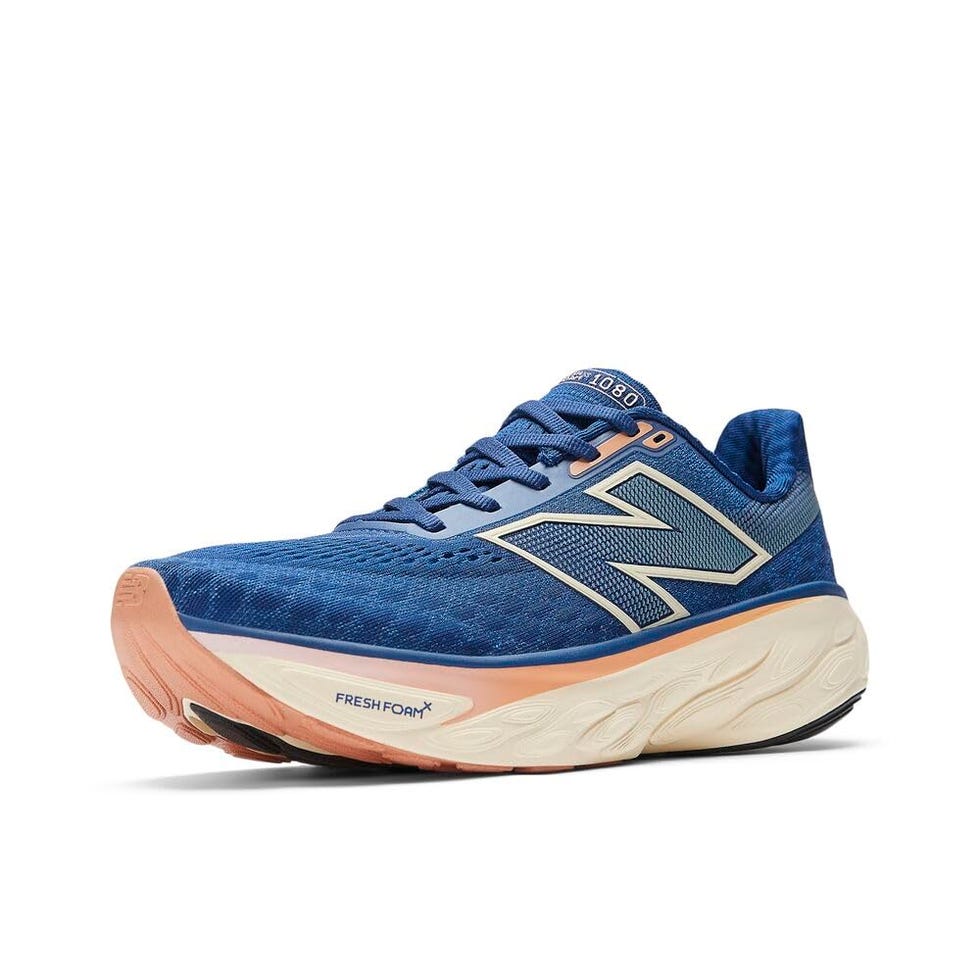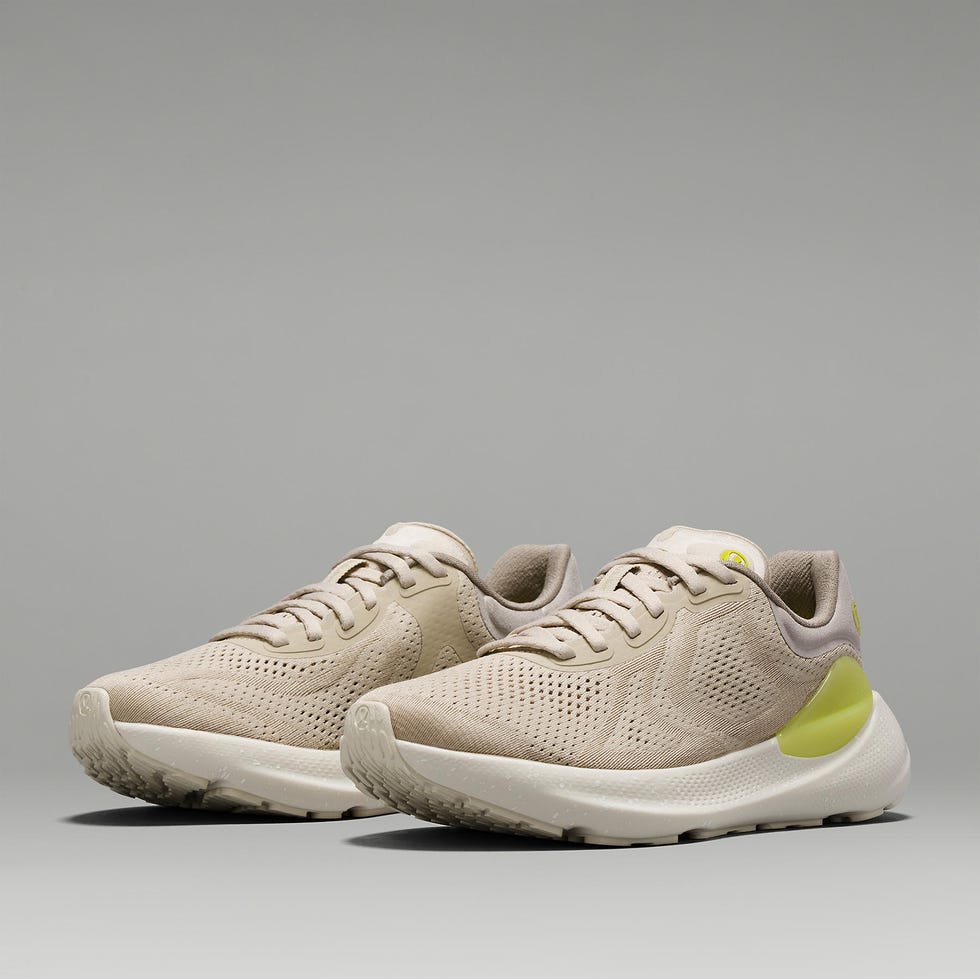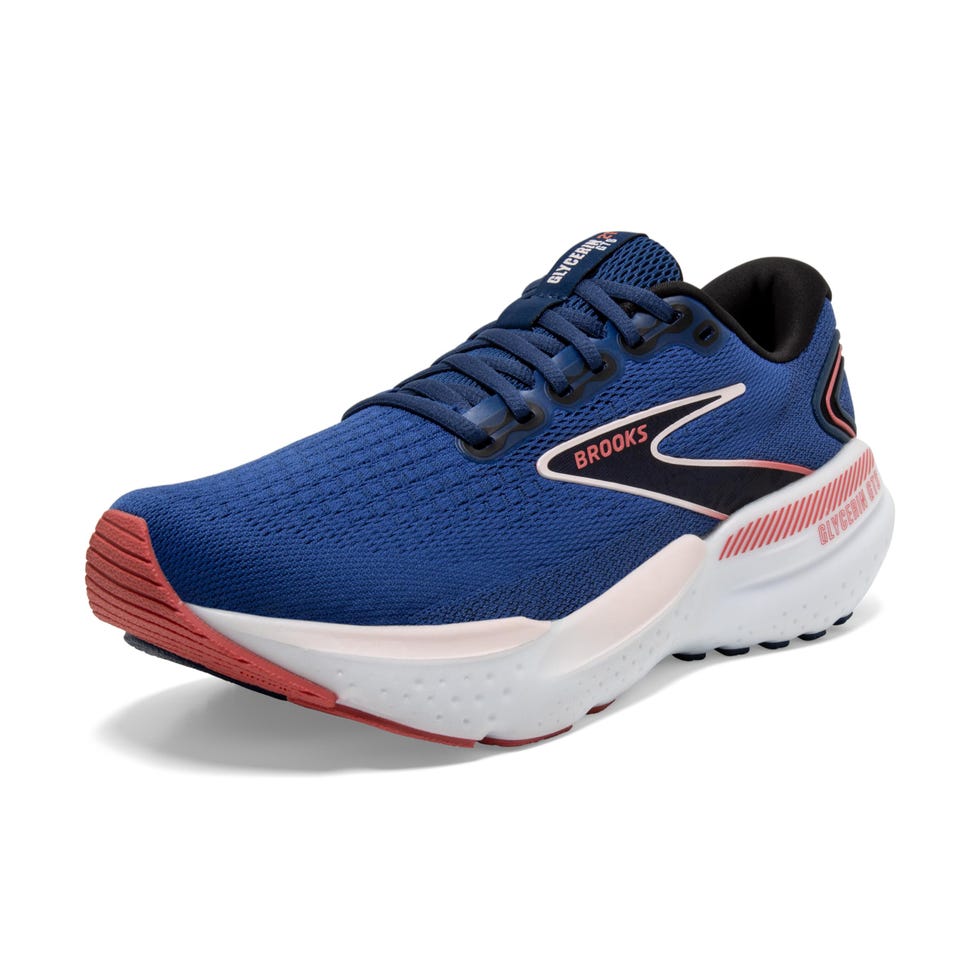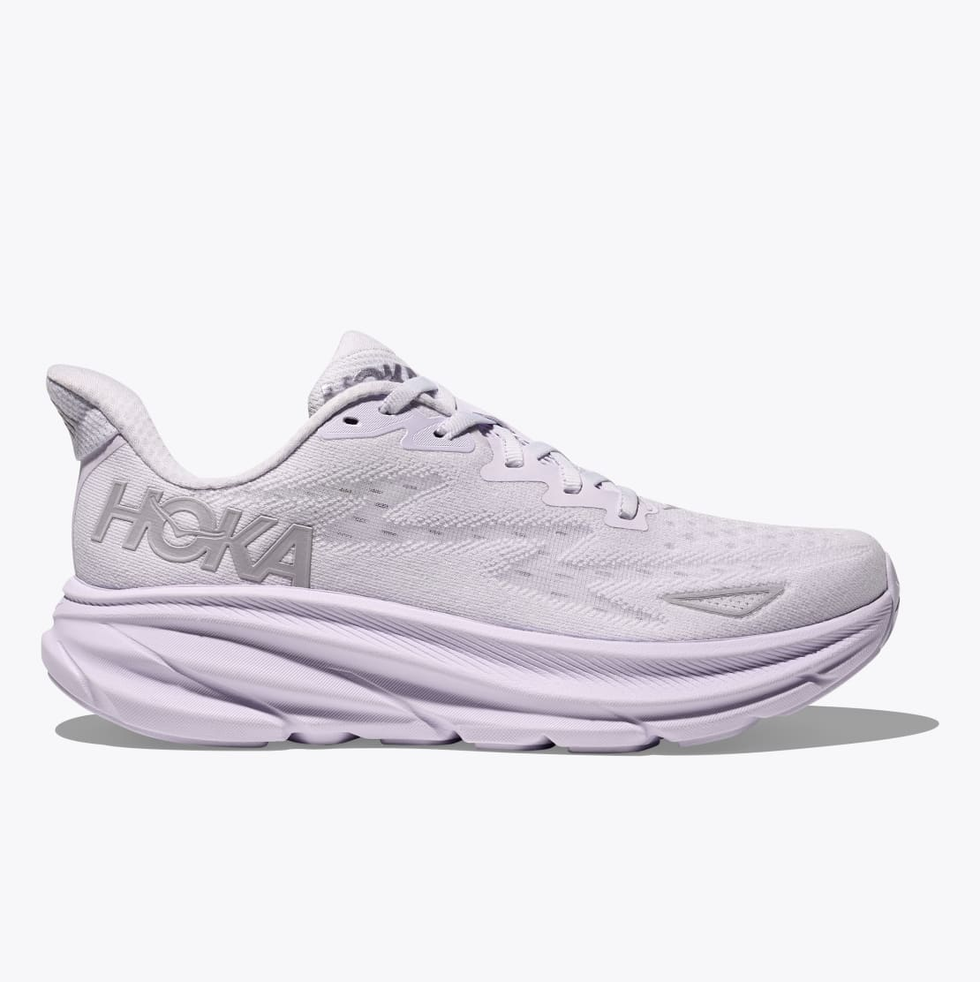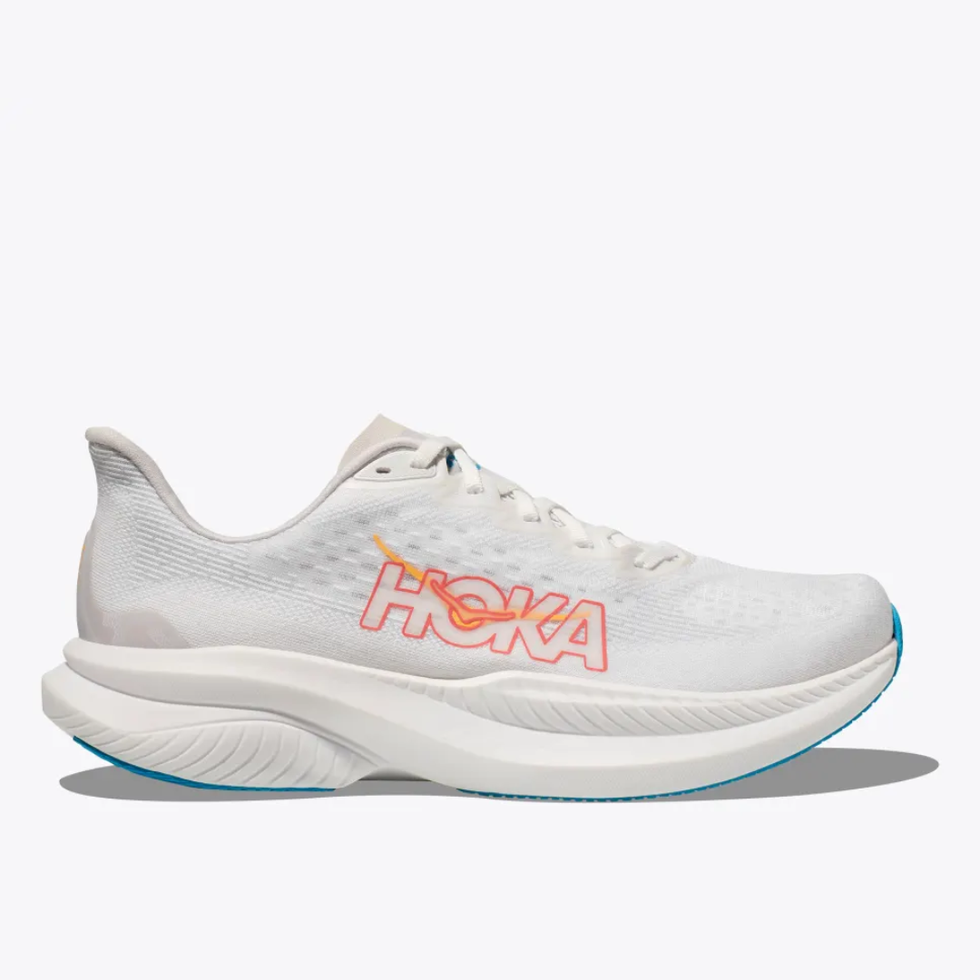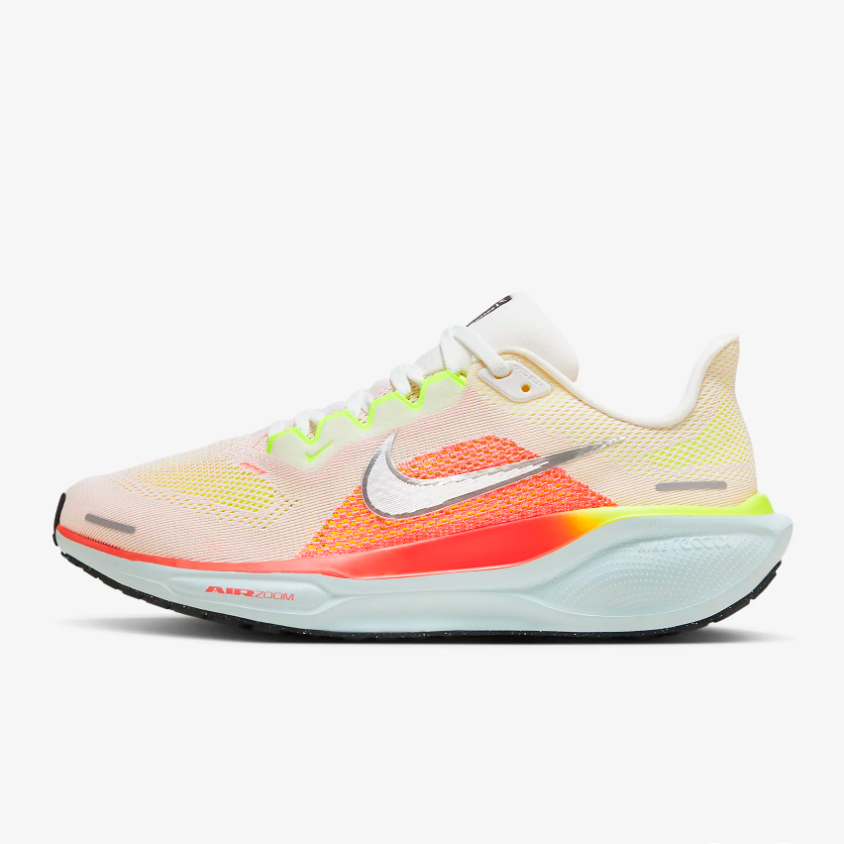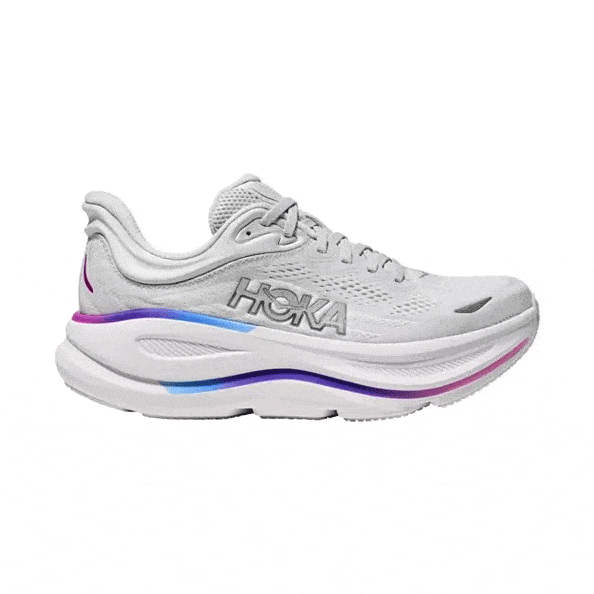When shopping for a new pair of walking or running shoes, finding the right fit for your arch type is a game changer. But, figuring out your arch type can leave you feeling seriously confused (me, hi). I’m a former competitive runner who burns through several pairs of sneakers a year, and I still get worried about making the wrong choice.
Your foot’s arch is the natural shape of the bottom of your foot, explains Melissa Lockwood, DPM, a podiatrist at Heartland Foot and Ankle Associates in Bloomington, IL. The arch is measured by looking at the middle of your foot to your heel and the pad of your foot, she says. Your arch plays a role in your posture and balance, making it a crucial area to support.
There are a lot of features to consider when searching for shoes, but “knowing your arch type is helpful for picking out the proper shoes that will allow your feet to function the best,” says Richard H. Graves, DPM, a podiatrist at Sol Foot & Ankle Centers in Longwood, California. He also adds it can predict foot conditions you’re susceptible to, such as plantar fasciitis. Having this information can go a long way toward keeping your feet healthy.
Luckily, podiatrists swear you don’t need to visit a foot specialist to learn your arch type—you can get this information at home, on your own time. Here’s how to determine your arch type, plus why it matters.
Read more: Best Arch Support Running Shoes
Why Is It Important To Know Your Arch Type?
“You can have a variety of different issues, from your ankles to knees to hips, based on your arch type,” says Bradley Schaeffer, DPM, a podiatrist and foot surgeon at Central Park Sole in New York City. But, being aware of what’s happening with your arches and finding the proper support can help tamp down on those issues, he adds. Common foot issues from wearing the wrong shoes are plantar fasciitis (arch pain), metatarsalgia (pain along the forefoot and toes), and blisters. For example, flat arches benefit from added arch support, a higher heel-to-toe drop to take the load off the ankles, and a stiffer midsole for added stability.
How Do You Know What Shape Your Arch Is?
There are a few different ways to do this without seeing a doctor. “The easiest way is the wet footprint test,” Graves says. That can mean checking out the footprint you leave behind on a pool deck or stepping on a piece of paper when you get out of the shower and examining it.
“If your arch is neutral, you’ll just see a little bit of an elevation [in the middle of your foot]—with a really high arch, it essentially looks like a comma,” Schaeffer says. If your footprint looks more like a solid wet spot, you probably have a low arch, according to Graves.
Walking in the sand barefoot will also give you the same results, adds Lockwood.
What Are The Arch Types?
Arch types are split into three categories: flat, neutral, and high. Again, knowing your arch type—and wearing the right footwear for it—can help you avoid foot pain and joint issues.
Flat
Flat arches, aka low arches, sit close to the ground. “These feet usually require more muscle activity to remain stable during standing, and to propel forward during walking,” Graves says. “They’re more susceptible to soft tissue overuse injuries such as tendinitis and plantar fasciitis.” Overpronation is also a common problem, which is when feet and ankles turn inward.
Neutral
A neutral arch is considered the ideal type, Lockwood says. Neutral arches are not too high and or low, Graves says, adding that people with this arch type tend to have fewer foot issues. But, Lockwood stresses there are not many people walking around with these so-called perfect arches. “I’ve never really met this foot,” she says.
High
People with higher arches mostly walk on the heel and the outside of the ball of the foot, Lockwood says. “These feet do not absorb shock as well when the foot hits the ground, which can lead to overuse injuries of the bones and joints,” Graves says. This arch type also makes you more prone to aches and pains in your knees, hips, and, lower back, he adds.
What Are The Best Shoes For Flat Feet?
Shoes for flat feet should help provide more support in the arch to push it up a little, Schaeffer says. Graves also recommends looking for a more rigid, stable shoe. “If you can’t find the appropriate shoe, you can always remove the insole and put in an orthotic designed for flat feet,” Schaeffer says.
Here are the best options tested and recommended by WH editors:
What Are The Best Shoes For Neutral Arches?
People with neutral arches tend to have more choices in footwear. “If you’re lucky enough to have a neutral arch, you’ll find shoe shopping a breeze,” Lockwood says. “A shoe that supports your arch and has plenty of room is ideal.” Graves also recommends looking for a comfortable shoe that provides a proper fit. This means having adequate space in the toe box and a snug but not tight fit.
Here are the best options tested and recommended by WH editors:
What Are The Best Shoes For High Arches?
Shoes for people with high arches should have “plenty of cushioning and a bit more flexibility,” Graves says. It can also be helpful to get a custom orthotic to prevent you from walking on the outside portion of your foot, adds Schaeffer.
Here are the best options tested and recommended by WH editors:
Can Insoles Help Your Arch?
“Medical-grade inserts can provide arch support and cushioning, while custom orthotics can actually help minimize the risk of patients developing tendinitis and arthritis due to their foot type,” Lockwood says. “This can apply to both flat feet and high arches.”
Most shoes spell out the arch type they’re best for, but Graves stresses that a good insole can help support your foot. Of course, if you’re struggling to find a good shoe for your arch type and feel like your foot health is suffering, it doesn’t hurt to meet with a podiatrist for an evaluation.
Read more: Best Plantar Fasciitis Insoles
Meet The Experts
- Melissa Lockwood, DPM, is a podiatrist at Heartland Foot and Ankle Associates in Bloomington, IL
- Richard H. Graves, DPM, is a podiatrist at Sol Foot & Ankle Centers in Longwood, California
- Bradley Schaeffer, DPM, is a podiatrist and foot surgeon at Central Park Sole in New York City
More Of The Best Sneakers For Women
Best Motion Control Shoes | Best Treadmill Walking Shoes | Best Walking Shoes For Flat Feet | Best Cross Training Sneakers | Best Running Shoes For Women | Best On Cloud Shoes For Walking | Most Comfortable Shoes | Walking Shoes For Women Over 50 | Best Nike Walking Shoes | Best Walking Shoes For Plantar Fasciitis | Hoka Vs. On Cloud
Korin Miller is a freelance writer specializing in general wellness, sexual health and relationships, and lifestyle trends, with work appearing in Men’s Health, Women’s Health, Self, Glamour, and more. She has a master’s degree from American University, lives by the beach, and hopes to own a teacup pig and taco truck one day.
Nicolette Accardi is the Fitness Commerce Editor at Women’s Health with a specialty in running content. She likes to chase her next best time by testing out shoes and other running gear while training for races. Nicolette studied journalism and health sociology at Rutgers University. She has written for NJ.com, VICE, Rolling Stone, NBC News Select, and U.S. News & World Report.
Read the full article here



